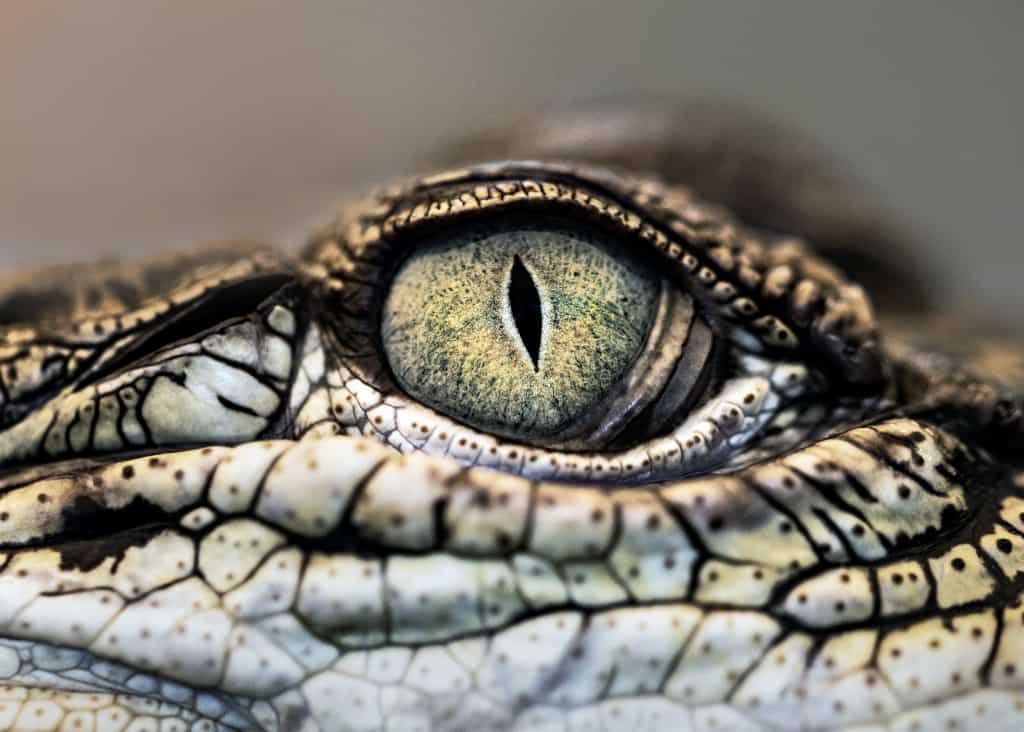Australia hosts thousands of endemic plants and animals.
Here’s what tourists should know about the biting, stinging, gnawing and scratching critters in this great southern land.
When you ask an Aussie where they’re from, they often reply with the nickname given to their huge island nation: ‘The Lucky Country’. This title was borrowed from a novel that told the story of Australia’s growth and prosperity which became an unofficial name for this huge island. Indeed, Australian is a lucky country – blessed with abundant natural resources and minerals, a stable and independent democracy, a climate with the right amount of sunshine and rain, and friendly citizens.
That said, it still takes respect for the wildlife, and a bit of luck, to stay safe in the land of good fortune.
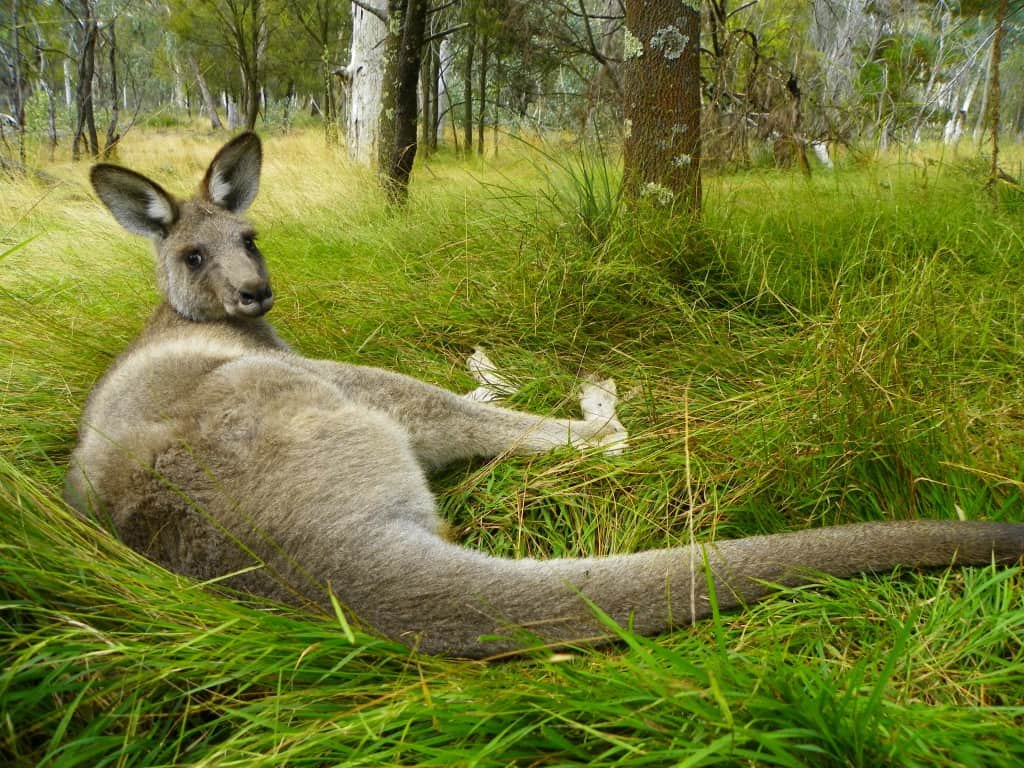
What are you talking about??
We call it ‘kangaroo’ because that is what Captain Cook was told when he pointed at the strange animal and enquired, “What the heck is that?” The local responded ‘kangaroo,’ which in his language meant, ‘I don’t know…’ and Cook took this to be the animal’s name. (We are not sure whether this claim is true or not). With that little mix up sorted, don’t be deceived in thinking that you can wander up to a 5’9’’ 160lb kangaroo for a selfie without being in peril. Also, it’s better not to drive after sunset on highways. Kangaroos are notorious for jumping into the beam of lights from cars and make up a sizeable portion of causes of road deaths.
Yes, there are snakes
It’s rare for a nation not to gloat about taking first prize, but when the winner records 20 out of the 25 most venomous snakes in the world, including the top 11, then it’s not the type of gold-medal news that gets in the tourist brochure. Australian snakes are just like their compatriots in that they are very sociable creatures popping up everywhere in the natural landscape and not indisposed to visiting cities, shops, pubs and the occasional toilet. Just be careful before you sit down…
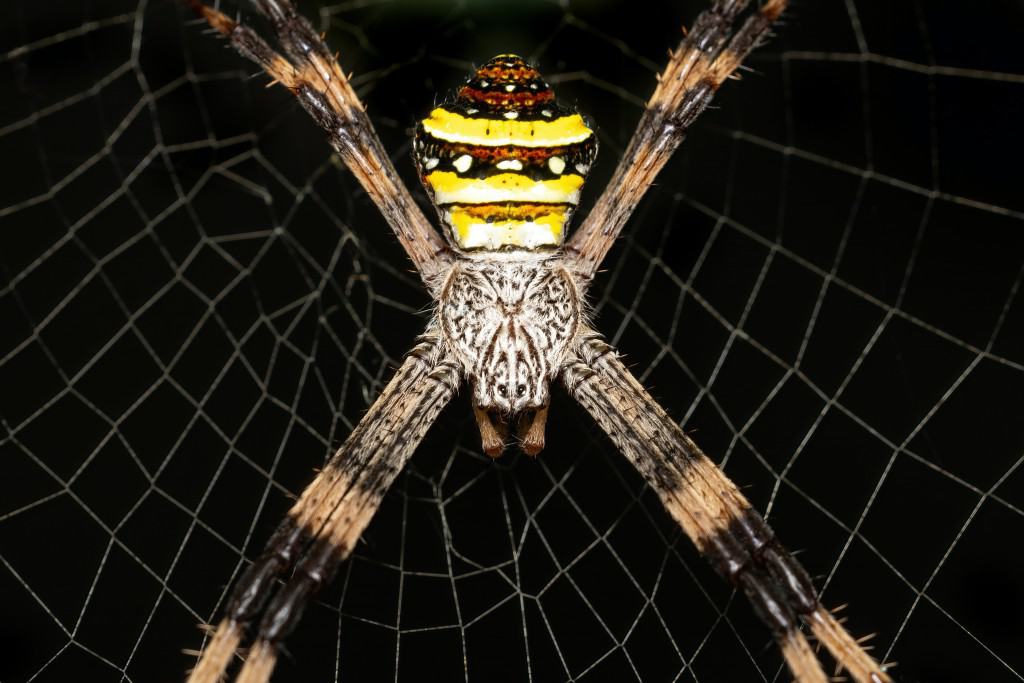
Arachnophobes look away
Australian spiders, not to outdone by their snakey friends, are also up there at top-of-the-poison charts, however the good news in that no one has succumbed to a spider bite in Australia since 1979. That said, there’s still a painful outcome if you get nipped by a funnel-web, redback or tarantula. Aside from checking your shoes before sliding your feet in, it’s good to know that spider hate citrus fruits and they’re adverse to peppermint oils, tea tree oils, eucalyptus, and vinegar. If you’re petrified enough of the 8-legged creatures to concoct all of those into your perfumeries, then it will be more than spiders kept at bay.
Remember Crocodile Dundee?
Paul Hogan’s croc-wrestling, knife-wielding hero persona is the stuff of movies, which is where his nonchalance to the dangers of these beasts should remain. There are two species in Australia; the freshwater or Johnson and the saltwater or estuarine crocodile – both are ready to swap their watery environments for a meal made from you. All rivers, estuaries, billabongs and beaches can be habitats, making them an apex predator all are wary of. Check for warning signs before entering any water, and if someone shouts out ‘Watch out for the Saltie!!’ then channel your inner Aquaman and get to safety.
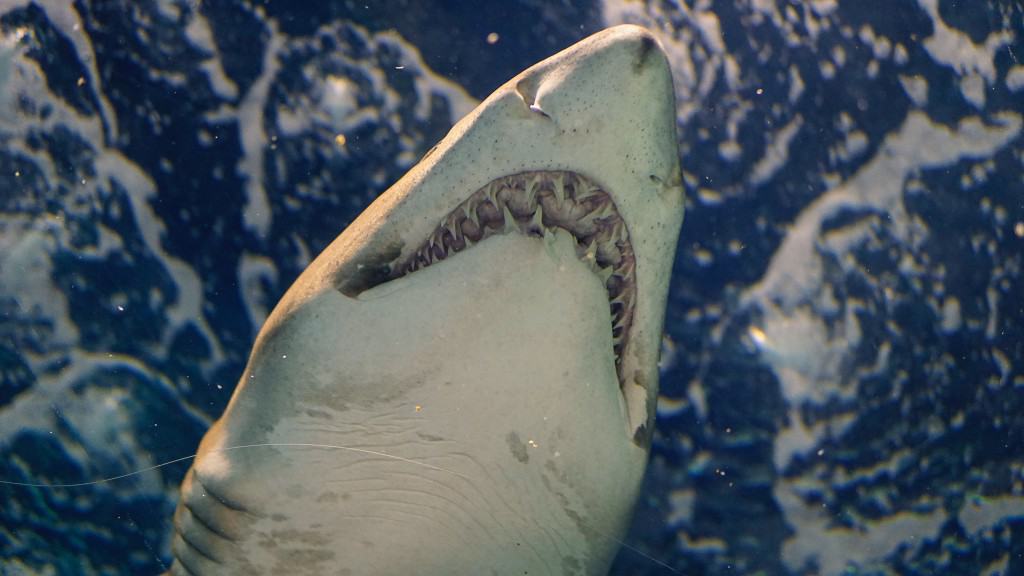
Noah’s Ark
Forget biblical inferences, ‘Noah’s Ark’ is Australian rhyming slang for s-h-a-r-k. Attacks in Australian waters get plenty of coverage in our news feed, which might have you thinking that they’re everyday occurrences. There is no doubt that shark/human conflict is on the rise in Australia and the numbers clearly record this, however, all the clever people studying this are in consensus that shark attacks are still rare and follow when they’re confused or curious. Biting to see what you are is their way of shaking hands. Welcome to Australia, nice to meet you. Chomp.
Stingers
Of all injuries to occur at an Australian beach, the most common is the ever-dreaded jellyfish sting. The Australian box jellyfish has a body up to one foot in diameter and thick, bootlace-like tentacles up to ten feet long and is considered the most venomous marine animal in the world. Ever! A sting from the ‘box’ can cause paralysis, cardiac arrest, and death, all within a few minutes of being stung. Once again, an Australian takes gold for something none will applaud.
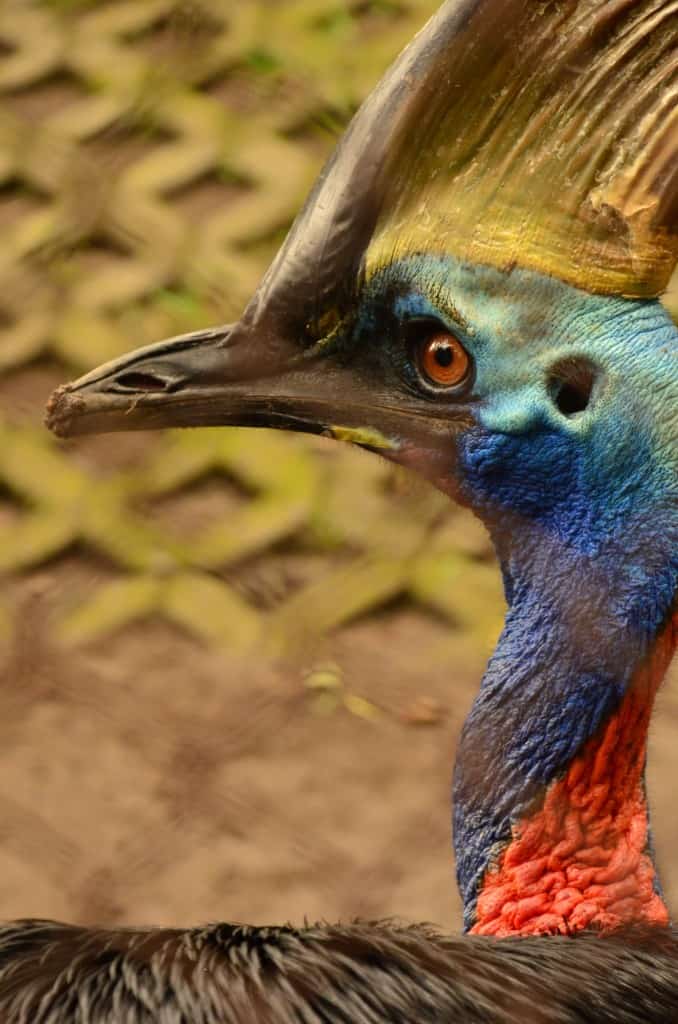
Bird or Velociraptor?
With a top speed of 30mph, there aren’t many who can outrun an angry Cassowary; so, the rule here is don’t try feeding the big bird with 5-inch claws that can shred you to bits. These cousins of emus and ostriches are shy by nature but have a reputation of nastiness when provoked. With adults reaching a height of 6’6’’ and weighing in at a hefty 130lbs, it’s not like you aren’t going to notice them when out strolling. Standard advice for unlikely encounters is to back slowly away and get something between you and the bird, like a backpack, a tree, or ideally, a couple of miles.
Large Lizards
It’s the size that the Australian monitor and goannas grow to that make them scary natives. A 7-foot lizard with powerful legs, sharp claws and a leaning to swallow anything it can fit in its sizeable mouth is reason enough to have massive respect for these ancient beasts. Equally adept at climbing trees as they are on land, they’re most active during the day and just love a spot of sunbathing. Their forked tongues function as their hunting radar and early warning system – so improbable as it might be that you come into conflict with these big boys, know that any bite comes with a massive dose of horrible bacteria that would need immediate medical attention.
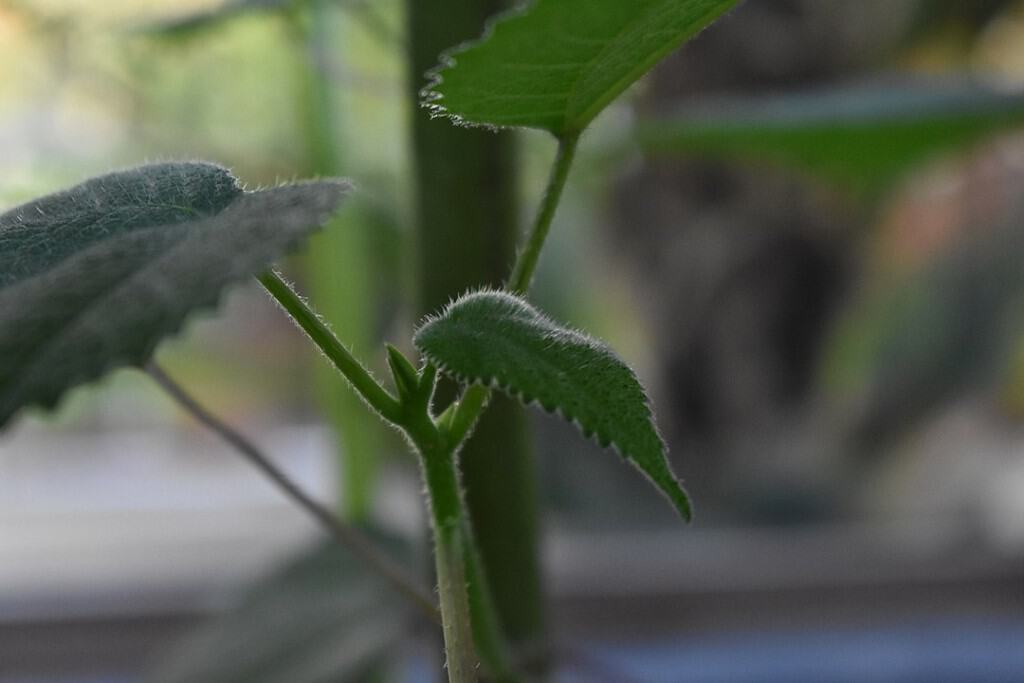
Please don’t pet the plants
No, this isn’t a joke: the Gympie gympie looks harmless with broad-shaped leaves covered in fuzzy hair – and though some mammals, birds and insects eat it, contact with humans can be deadly. The leaf fuzz becomes self-injecting hypodermic needles that cause incredible pain that can last for weeks.
If you’ve made it this far, then the good news is that The Lucky Country is an amazing destination with cool, vibrant cities, incredible sights, charming locals and an ancient history and culture that is being woven into the fabric of modern Australia.
Don’t be scared off by Australia’s wildlife and nature – it’s all part of the adventure and appeal that millions have already seen and then sworn to return for more.
